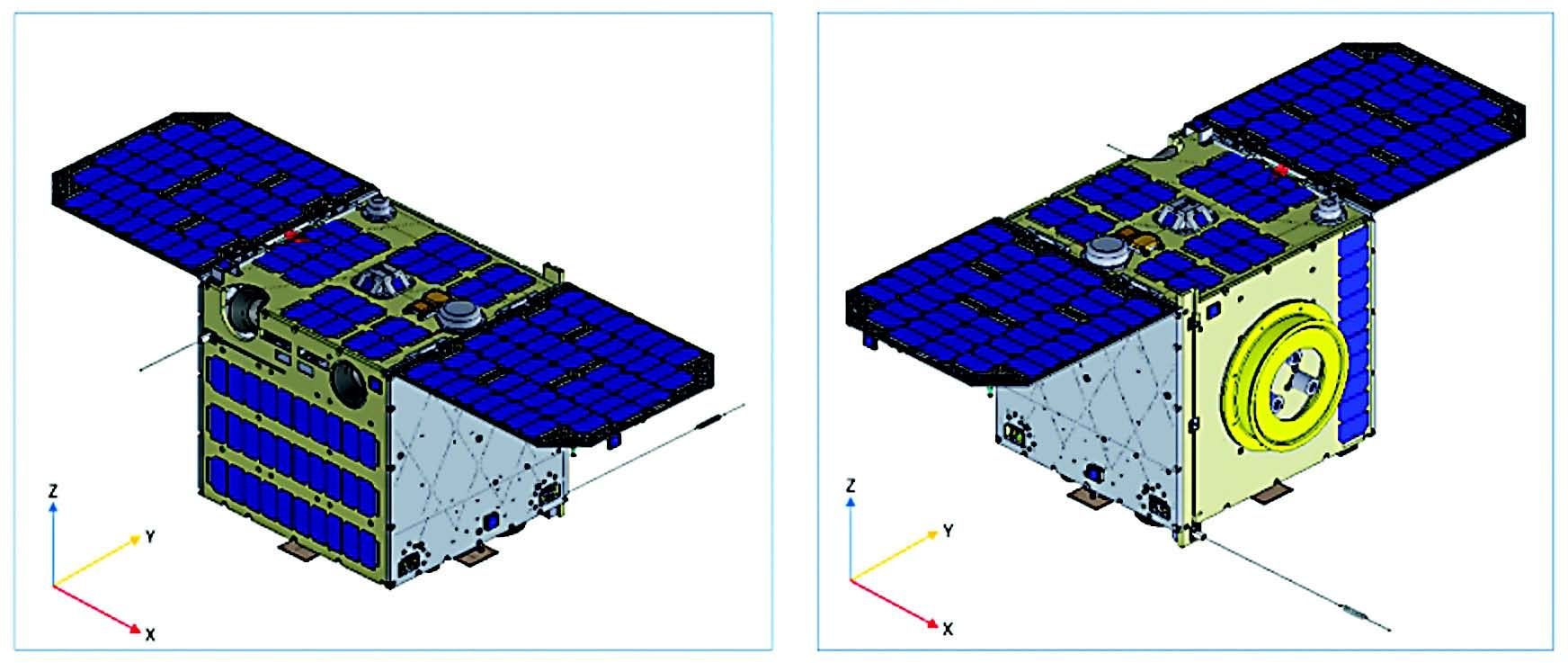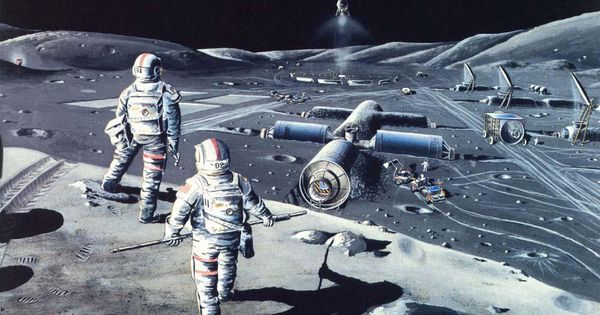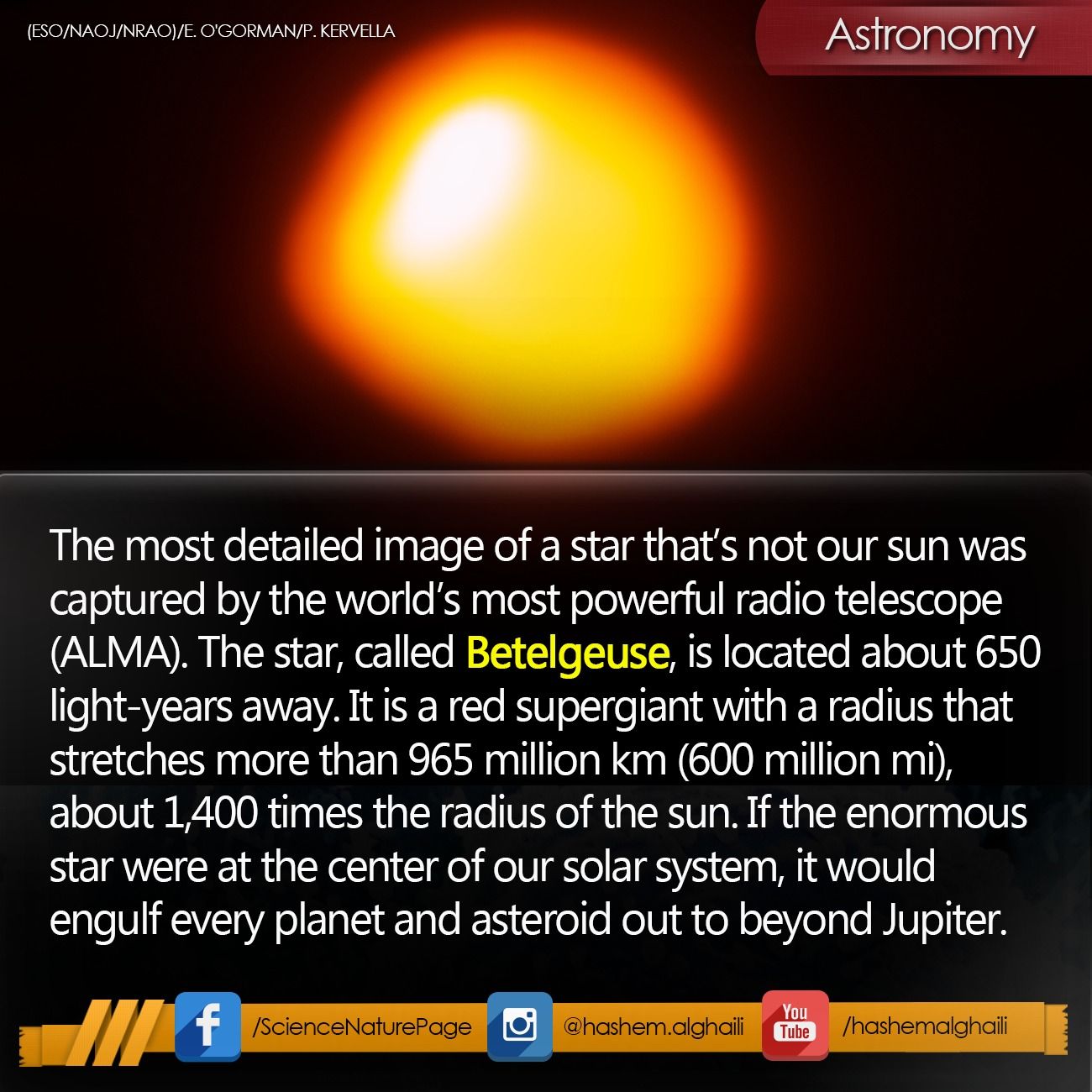By Pol Justin Marquez and Dhel Nazario
The Philippines will launch today the DIWATA-2 microsatellite, marking the country’s third venture into space under the P840-million PHL-MICROSAT Program of the Department of Science and Technology (DOST).




For a remarkably social species, we’re not particularly effective communicators.
Finding the right words to clearly, efficient transmit our thoughts to another consciousness—even something as simple as driving directions—can be a challenge, especially in-the-moment and under pressure.
What if we could do away with words altogether? What if, rather than relying on an intermediary, we could directly transmit our thoughts through a digital, internet-like space into another mind?


A recent discovery.

